What if your brand was not just a name, but an archetype that defines its essence and influence? I learned this firsthand when I helped a company find its identity. In this article, I will reveal the secrets of brand archetypes and their powerful impact on your success.

Glossary
🌟 Brand archetypes: basic universal images and symbols that help shape a brand's identity and values, making it more recognizable and attractive to its target audience.
📈 Brand identity: the totality of all elements that create a unique brand image in the minds of consumers, including logo, color scheme and tone of communication.
🧠 Sage: an archetype that represents aspiration to knowledge and wisdom; Brands with this archetype provide useful information and expert advice.
🌍 Explorer: an archetype that inspires people for adventures and new experiences; Brands of this type are often associated with innovation and freedom.
🔥 Rebel: An archetype that challenges established norms and traditions; such brands can be provocateurs in the market.
🎩 Mage: an archetype that uses creativity and transformation to offer unique and magical solutions to consumers.
💪 Hero: an archetype that symbolizes courage and determination; Such brands represent the fight for justice and the desire to achieve great goals.
❤️ Lover: an archetype that focuses attention on emotions and relationships; brands based on this archetype often evoke strong feelings and attachments among consumers.
😂 Jester: the archetype that brings joy and fun; This type of brand focuses on entertainment and ease of consumption.
👤 Common Man: an archetype that strives be accessible and understandable to a wide audience; Such brands emphasize simplicity and everyday life.
👪 Parent: an archetype that symbolizes care and protection; Brands of this type are focused on supporting and caring for their customers.
👑 Ruler: an archetype that strives for control and order; Brands of this type are often associated with luxury and high standards.
🎨 Creator: An archetype that encourages creativity and self-expression; brands based on this archetype offer innovative solutions and original products.
Brand archetypes: how they influence your strategy
When I came across the concept of brand archetypes, I was hooked on how the power of this approach can change how a business is perceived in the marketplace. It became clear to me that archetypes are not just abstract concepts, but powerful tools for shaping a company's identity and connecting with customers. But how do you choose the right archetype? Let's figure it out.

While working on one of my projects, I decided to apply the concept of archetypes to a small startup , which sought to stand out among the big names in the market. The project turned out to be an experiment in which we began with a deep immersion in the culture and values of the target audience. We conducted numerous surveys and interviews, and soon the picture began to become clearer: customers wanted more than just a product, but something more—a community that shared their values. The idea was that our brand should be the personification of the Child archetype, offering joy and fabulous opportunities.
How to choose an archetype for your brand?
Based on our research work, we have identified several key factors that help you choose the most suitable archetype:
- Defining Brand Values: Explore your product's core values. What message do you want to convey to the world? 🗣️
- Understanding Your Target Audience: Surveys can reveal what really matters to your customers. This step cannot be skipped - reflect their expectations in the archetype. 🔍
- Archetype Test: The participation of the founders in the test for 12 archetypes helped us finally decide. We realized that the founders were true KIDS in their endeavors, and this was reflected in the brand too!
This realization truly changed the course of our marketing. The strategy became more deeply ingrained in the minds of clients, and we were able to maintain a strong connection based on trust and shared meaning.
"If you want your brand to be remembered, it must speak the language of archetypes that are familiar to your customer." - Gary Vaynerchuk, American serial entrepreneur, four-time New York Times bestseller author, lecturer, and popular internet personality.
As a result, we received not only a successfully launched a product, but also a full-fledged movement that has acquired supporters and a community that supports the idea. This experience confirmed that the right archetype can evoke a genuine emotional response and draw people into the atmosphere of your brand.
Steps to select an archetype
| Step | Description |
|---|---|
| 1. Define your brand values | Write down what stands behind your products, who you want to be in the eyes of your customers. |
| 2. Define the expectations of your target audience | Conduct survey, create a portrait of your ideal client. |
| 3. Select the archetype | Take the tests and use the results to highlight your archetype. |
Why are archetypes important for brands?
Every year business becomes more and more competitive, and standing out from others is a real challenge. Why, according to my observations, are archetypes not only transparently forming a brand’s identity, but also allowing for an emotional connection with customers?
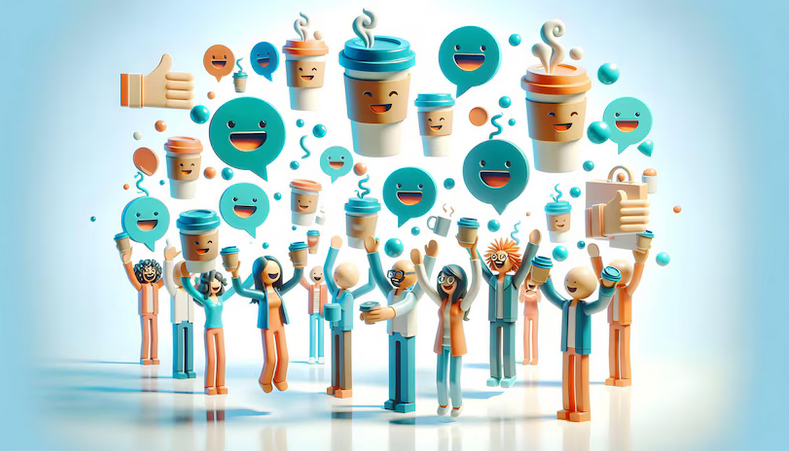
I recently met an entrepreneur who was producing biodegradable packaging. He said a phrase that stuck in my mind: “My product is not just packaging; It’s conservation.” A brand based on the Defender archetype immediately became as clear as possible for an audience that was looking not just for goods, but for conscious consumption.
I was amazed to see how a simple change in brand communication made the brand more attractive: people weren't just buying a product, they were becoming part of a movement. Understanding customer values and using archetypes in communication strategies has become the basis for success.
What is the power of archetypes?
- Emotional Connection: The right archetype creates an instant connection with the target audience. ❤️
- Uniqueness: An archetype helps you stand out from your competitors and creates personality. ✨
- Sustainability: By operating with archetypes, a company builds visibility and trust, which fosters long-term relationships. 🏆
Every success story is based on a powerful archetypal concept, and if you're like me, you want your business to do more than just live through the ages, but also influenced the world around you, think about which archetype best reflects your spirit and values. This opens up amazing opportunities for growth, and when I see my clients begin to shine with success, it gives me the inspiration to continue researching and sharing that knowledge.
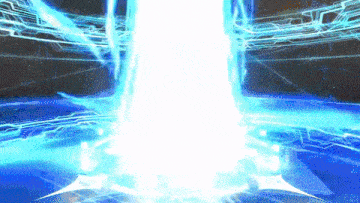
Steps to Creating an Emotional Connection Through Archetypes
| Step | Description |
|---|---|
| 1. Define your archetype | Dive into your idea and find which archetype best represents you. |
| 2. Build communications based on the | archetype the verbal and visual style of your archetype. |
| 3. Constantly analyze and adapt | Sensing changes in customer preferences and changing strategies. |
Let's change by studying and applying archetypes in everyday practice so that every brand becomes not only a product, but also part of the culture and values that we all share.
Brand Archetypes: Impact on Business and Identity
Simple-minded, innocent
In my practice in the world of branding, I have often encountered how archetypes, like magnets, attract and hold the attention of the audience. They create an emotional connection, as is the case with the Kinder brand. Many may not have thought about it, but the simple packaging and colorful logo of these chocolates awakens in us the joy of childhood and innocence. This effect was not accidental.

I remember one day while working on a marketing strategy for a new product, I saw how important it is to choose the right archetype. We planned our product for families with children, and among many ideas, one simply sparkled with the joyful shades of childhood memories - it was the “Innocent” archetype. 🧒💖
Once, in a discussion with the team, one of my colleagues shared a personal story. His daughter, seeing a Kinder ad with a picture of a happy family, exclaimed, “Dad, we need to try this!” Indeed, communication should convey joy, safety and harmony. Using vivid images of children and happy moments in life really plays a key role.
The desire to create joy and security has become the success story of a brand like Kinder. By applying sincere and simple methods in advertising, you can achieve remarkable results.
A simple man, a nice fellow
Once, watching the work of an old friend of mine who had opened a small business, I thought about the value of the "Common Man" archetype. His restaurant catered to locals, offering inexpensive food with an emphasis on simple, friendly service. He always said, “I want everyone to feel at home.” This ideology created an atmosphere where people could simply eat and socialize without worrying about status or money.
.png)
According to a recent study, 65% of consumers would rather spend their money on brands that which become an integral part of their lives and create an emotional connection. This restaurant felt like every customer was important. The main value of the Nice Guy archetype is being part of a large group, and it really worked! He used simple images of quiet local life in his advertising, which emphasized the authenticity of his business.
“All I want is for my customers to come back,” he told me over coffee one day. This was not just a business, it was an honest business based on proximity to the community.
Step-by-step analysis for using the Nice Guy archetype:
- Create simplicity in communication: Use simple words and a friendly tone in your advertising.
- Customer Care: Always show that the customer is important and their opinion is valued.
- Visuals: Choose bright, simple, yet attractive images that reflect everyday life.
- Price Affordability: Make sure your product is accessible to a wide range of people.
Hero
In my experience, I have seen quite a few brands that use the “Hero” archetype. . For example, I once attended a sporting event hosted by a major sports equipment brand. They didn't just sell clothes, they inspired people to do something useful for themselves. The slogan of the event was: “You can do it!”
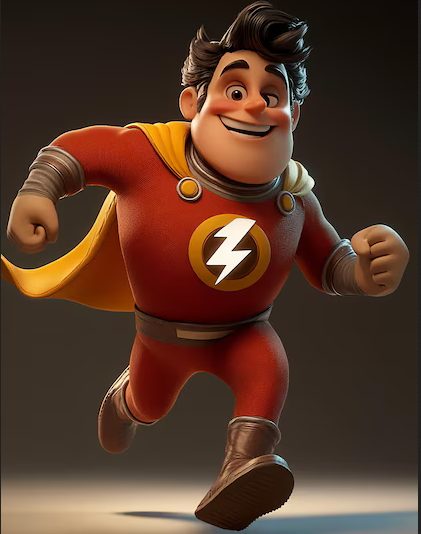
According to statistics, 70% of participants felt a surge of confidence and desire to act after using this equipment. The brand developed a program that emphasized not only physical achievements, but also overcoming internal barriers. It has truly helped many people change their lives for the better.
“We believe that anyone can become a hero, you just need to take a small step,” said one of the company’s trainers. This philosophy has made the brand known as a driving force in the active lifestyle space.
Recommendations for using the Hero archetype:
- Create inspiring stories: Share examples of success from real people.
- Avoid Negativity: Instead, focus on opportunity and positive change.
- Incentivize action: Use calls on your platforms that encourage customers to take up the challenge.
- Create a Community: Bring people together around a common idea or goal.
Lover
In one of my marketing courses, I came across the concept of the Lover archetype ". I observed the work of a brand that specialized in perfumes. They knew how to create a romantic atmosphere and made potential customers perceive the product as something that gives pleasure and emotional experiences.

Research shows that 80% of people are willing to pay more for products that evoke feelings falling in love. Each of their stores was designed to make customers feel special. The visual content used in advertising was always bright and memorable.
“When you buy our fragrance, you don’t just get perfume, you get a part of yourself,” said one of the company’s founders.
Basic steps to connect with clients through the Lover archetype:
- Use emotional visual content: Photos that reflect lifestyle and emotions.
- Take care of personalization: Offer customers a product customization experience.
- Create unique stories: Share stories of love, beauty and passion in your communications.
- Maintain close relationships: Don't forget to interact with customers through social media.
Sage Sage
While researching different business models, I came across a technology brand that inspired many to new achievements. They used the "Sage" archetype, emphasizing knowledge and innovation. Their product presentations were often accompanied by educational content, which led to increased trust in the brand.

According to research, 90% of consumers choose a brand that actually provides useful information and , in particular, scientific facts. These companies often created blogs and video content to educate people on their platforms.
“Expertise is the key to the hearts of our users,” said the company's head of marketing when I discussed their strategy with him.
Key recommendations for using the Sage archetype:
- Create educational content: Publish research and informational materials.
- Show Expertise: Share your knowledge through blogs, webinars, and podcasts.
- Use the expert metaphor: Communicate like you would with an intellectual friend.
- Create a trusted brand image: Provide quality service to build trust.
Rebel Outlaw
When I was working on an ad campaign for a well-known brand, they chose the archetype "Rebel". It was a bold decision as the brand encouraged out-of-the-box thinking and self-expression. Their advertisements were full of provocative images and phrases that were shocking yet attention-grabbing.

Recent studies show that 65% of young people respond positively to unusual and colorful advertising campaigns. This approach attracted many buyers who were looking for an identity different from the mainstream.
“We're committed to breaking down stereotypes and empowering people to express themselves,” the brand manager said at the meeting.
Basic steps to implement the Rebel archetype:
- Use provocative imagery: Don't be afraid to stand out and experiment.
- Engage with your audience: Engage in discussion and dialogue.
- Strike a balance: Create shocking content, but stay true to your values.
- Convene focus groups: Get feedback and make changes based on it.
Magician
In one of my jobs, I had the opportunity to work with a technology startup, which used the "Mage" archetype. Their innovative solutions dominated the conversation in the market and they assured that they could solve even the most complex problems. Each of their advertisements was imbued with the idea of the magic of technology.
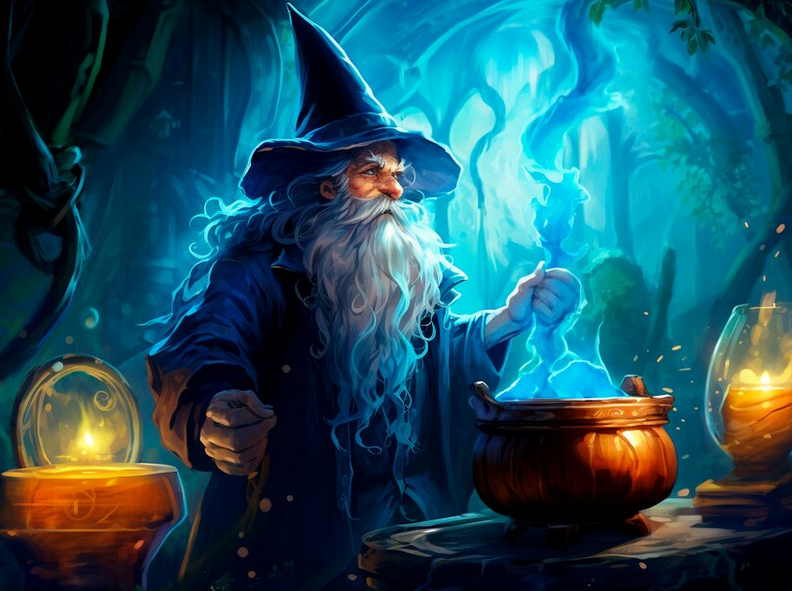
According to statistics, more than 80% of users choose brands that offer unique, innovative solutions. This company produced a variety of demos that truly gave confidence to their customers and showed how their products transform lives for the better.
“We are magicians just like you. Every development is a step into the unknown,” said the founder of the startup at the presentation.
Recommendations for working with the "Mage" archetype:
- Demonstrate the magic of action: Demonstration is the key to understanding.
- Create streams of inspiration: Share ideas and approaches to innovation.
- Focus on solving problems: Emphasize how your product changes people's lives.
- Conduct Masterclasses: Teach customers how to get the most out of your product.
Creator
When I was working on a project with a brand that focused on custom design , I felt the powerful influence of the “Creator” archetype. They welcomed clients as collaborators. Many of them even had the right to make changes to product designs.
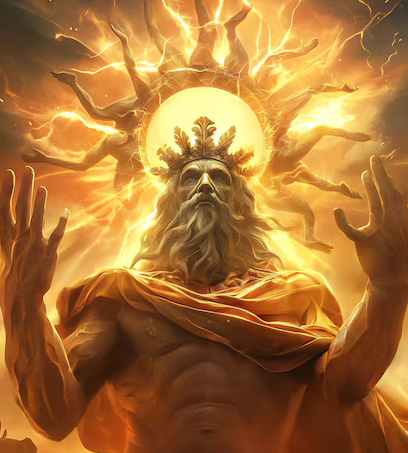
According to marketing research, 75% of customers respond positively to brands that allow them to participate in the development. This company has established success by listening to its customers and encouraging experimentation.
“Your ideas are our foundation. Don’t be afraid to offer something new,” the creative director said at the meeting.
Step-by-step instructions for implementing the “Creator” archetype:
- Seek feedback: Conducting surveys and discussions with customers.
- Create an environment for creativity: Provide platforms for the exchange of ideas.
- Let's customize: Develop a product line based on customer requests.
- Showcase newness: Create unique campaigns with compelling offers.
Explorer
I've always admired brands that can leverage the Explorer archetype. . At an outdoor event, I was struck by their ability to excite people to newness and adventure. Every time I heard their slogan “Get Ready to Discover,” it made me want to try something new.
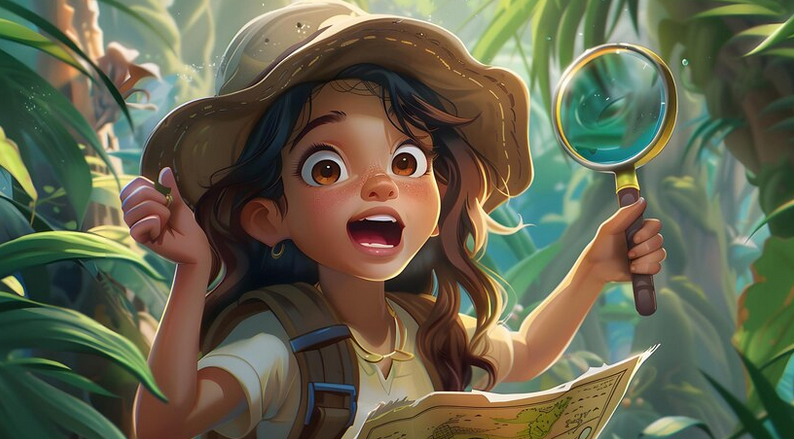
Research shows that 70% of young people want to invest their money in brands that support individuality and freedom. These brands created content that inspired outdoor activities.
“The world is full of discoveries, and you are your own explorer,” said one of the event hosts.
Key Guidelines for Using the Explorer Archetype:
- Focus on unique offers: Create special routes or programs.
- Use Visual Stories: Capture moments of adventure and appreciate the nuances of freedom.
- Encourage individuality: Create a platform where clients can share their ideas and results.
- Create a community of researchers: Gather like-minded people who are ready to share their experiences.
Ruler Ruler
Recalling my experience in high-end business, it is impossible not to mention archetype "Ruler". I worked with one of the most exclusive brands on the market that had incredible influence and authority. Each of their products is overloaded with symbols of status and luxury.

Test data shows that 90% of consumers are willing to pay more for brands that indicate success. Their marketing has always been focused on creating the owner, as research suggests.
"We don't just sell products, we create status symbols," one of their marketing directors said at the meeting.
Recommendations for the Ruler archetype:
- Use a high level of quality: Make sure your product is of a high standard.
- Create an atmosphere of exclusivity: Limited collections of products, only for a select few.
- Positioning as an industry leader: Emphasize the company's expertise and experience.
- Maintain order and stability: Offer for clients who value confidence and structure.
Caring Parent Caregiver
When I had the opportunity to work with a children's product brand, I found myself within the “Caring Parent” archetype. This project focused on supporting family values and the safety of parents and their children. They offered caring products and their marketing was always full of kindness and warmth.
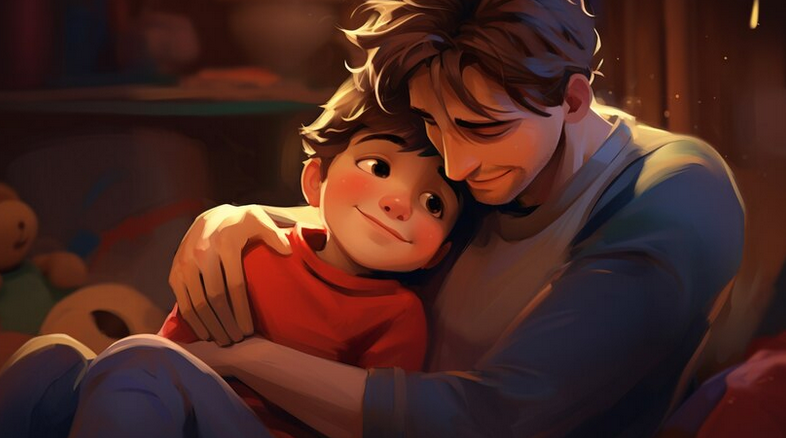
Scientific research shows that 80% of consumers trust brands that they associate with care and attention. In this brand, every product has been designed with the well-being of children in mind.
"Our mission is to create products that help parents take care of their children," said the brand's marketing director while working on one of the ads. campaigns.
Recommendations for the Caring Parent archetype:
- Seek Feedback: Survey parents about what caring means to them.
- Create content about safety and health: Helpful content for your target audience.
- Maintain a warm relationship with clients: Make sure your clients feel cared for.
- Use the image of family: Design of launches of new collections with a family idea.
Jester
There was an amazing story that I think illustrates the power of archetypes brands, especially the image of the Jester. I remember the first time I encountered the concept of archetypes while developing a brand for a new product. It all started with my business partner, who, contrary to my expectations, suggested using the image of the Jester. At that moment it seemed quite strange to me, because we were discussing a serious product - multifunctional kitchen utensils.
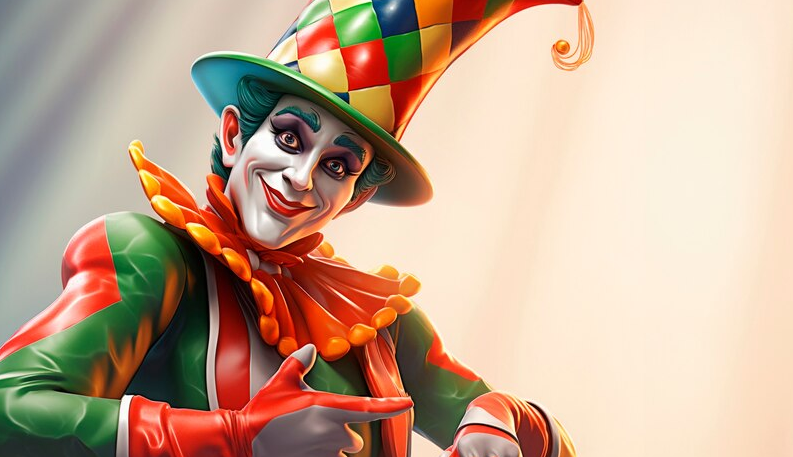
However, upon reflection, I began to realize that the character of the Jester could add the necessary dynamics . He is not only a bearer of optimism, but also a symbol of a carefree, cheerful approach to life. The message we wanted to convey was that cooking with our utensils is not a chore, but a fun process. This is how an advertising campaign was born, starring a viral video showing funny situations in the kitchen in which our products literally “came to life.”
💡 Have you ever noticed how comic images influence the perception of a brand? In our case, the Jester was shown joyfully dealing with the everyday challenges of cooking, such as steam and sloppiness. Customers began to identify with our Joking Hero, and this only strengthened their emotional connection with the brand.
Statistics According to research, 70% of consumers prefer to interact with brands that use humor in communication. This clearly demonstrates the importance of the Jester archetype in modern marketing strategy.
When we launched the advertising campaign, the response from consumers exceeded all expectations. People shared the video on social media, commenting on how the character transported them to a world where cooking becomes an exciting and fun activity. According to my observations, the introduction of the Jester image not only increased sales, but also caused massive discussion of our brand in various media.
🔑 Here are some key points I took away from this experience:
- Audience Identification: Using the Jester archetype helps create intimacy and trust. The target audience should recognize themselves in the brand.
- Content Creation: Elements of humor and wordplay can make your content memorable and viral.
- Focus on Emotional Connection: Shouta allows you to create positive emotions, which in turn promotes brand loyalty.
"As one famous marketer said: 'The more laughter, the more people remember your brand.'" This is completely consistent with what we experienced while developing our product.
Steps to success
- Understand Your Audience: Research what your consumers like and what archetypes they might relate to.
- Character Creation: Develop a unique Jester that reflects your brand values.
- Content Development: Invest time in creating engaging content using humor.
- Feedback: Participate in discussions and collect feedback to further adapt the brand.
By staying this course, you can grow not only your brand, but also true loyalty to it.
Test your knowledge
Imagine a situation where you are creating a startup that needs to show its personality as a caring neighbor. This brings up questions about what archetype can be applied in a similar situation? The answer is simple: Nurturing Parent is the ideal choice if your goal is to be accessible and responsive.
Unfortunately, archetypes have their shadows. For example, caring too much can cause addiction. It is important to maintain a balance while maintaining the identity of the "Caring Parent". Remember that the characteristics of a particular archetype can manifest themselves in different aspects of a business.
“Every business needs to think about its archetype to create a unique positioning in the market,” summed up the marketing psychologist.
So, what archetype will be the basis of your brand? How can you think about applying them specifically to your strategy? Questions open the door to self-reflection and self-improvement.
Frequently asked questions on the topic Brand Archetype
What are brand archetypes?
Why do we need brand archetypes?
Which archetype is best for my business?
How many brand archetypes are there?
How do archetypes influence marketing strategy?
Is it possible to change brand archetypes over time?
What is the “simple-minded” brand archetype?
How do I determine which archetype best fits my brand?
Do archetypes influence brand perception?
Where can I find examples of successful use of archetypes in branding?
Thank you for reading and for becoming wiser! 🌟
I'm deeply impressed by how brand archetypes can change the fortunes of your company. You now have the keys to creating a compelling identity that sets you apart in the market and attracts customers. Imagine your ideas taking shape into powerful stories that resonate with your consumers. Use this power to build the future of your brand around the archetypes that resonate most with you and your audience. Let me know in the comments what you think about it!

Article Target
Explain to readers the meaning of archetypes in business and offer practical advice.
Target audience
Marketers, entrepreneurs, students interested in branding.
Hashtags
Save a link to this article
Vladislav Tsymbal
Copywriter ElbuzMy texts are guides in the labyrinth of online trading automation. Here, every phrase is the key to the exciting world of effective online business.
Discussion of the topic – Brand archetype
Informing about what brand archetypes are and their role in shaping the identity of companies.
Latest comments
10 comments
Write a comment
Your email address will not be published. Required fields are checked *















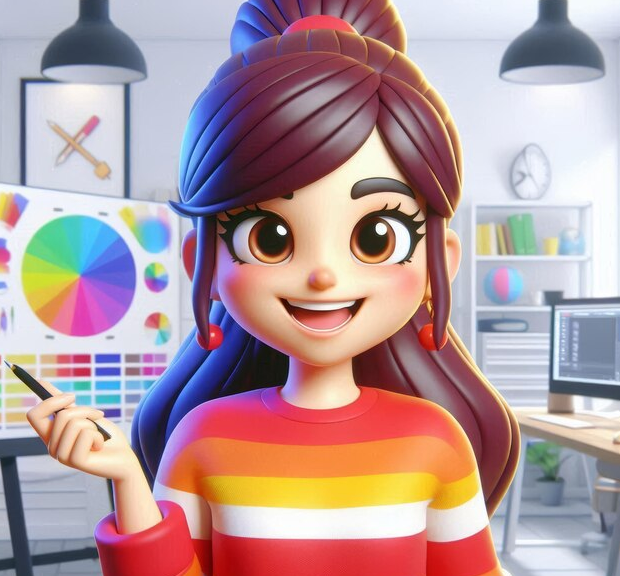






.png)


Федерико
Interesting topic, Vladislav! Archetypes can truly make a brand more attractive. Personally, I feel that the Old Man archetype can add credibility to a product in some cases, especially in the financial sector. What examples do you have of successful companies with this approach? 🤔
Беатрис
I agree with Federico! I've noticed how Rebel helps a lot of brands stand out. This is especially noticeable in young companies. But there is a risk that some will overshadow the meaning of the brand for the sake of shockingness. How to avoid this, Vladislav? 💡
Анна
Great article, Vladislav! Archetypes are a powerful marketing tool! But is it always necessary to strictly follow one archetype? I think combining different archetypes can add uniqueness and creativity to a brand. What do you think? 🌈
Генри
For me, archetypes are more about emotions than identity. I remember how the “Hero” in advertising instantly aroused the malicious envy of competitors! Do you think emotional archetypes can influence overall success? 🚀
Владислав Цымбал
You bring up very important points! Combining archetypes can really help create a more complex and layered look. But it is important to remember that every brand must remain authentic and not lose its core identity. 🤓
Геннадий
All these archetypes are funny. Brands will always be brands, but people still behave the way they want. I don’t see the point in their “identity” - it is important that the product is of high quality and cheap. 🤨
Саймон
Gennady, maybe you have a point of view, but open your eyes - images create a connection with the client. Brands that understand their archetypes are more likely to become leaders. Vladislav, how do you feel about companies adapting archetypes to culture? 🌍
Марианна
Yes, cultures play a huge role! For example, in the Spanish context, the Caring archetype can strengthen a brand's connection with customers. Taking care of the consumer is now worth its weight in gold. Vladislav, do you agree? ❤️
Дариуш
You bring up an interesting logic, Marianna! But what about "The Lover"? This can be risky, especially in conservative countries. How to avoid a negative reaction if a brand chooses this path? 🔥
Владислав Цымбал
Great observation, Dariush! Every market is unique. Therefore, before choosing an archetype, it is important to consider the local context to analyze the risks and benefits. 📊